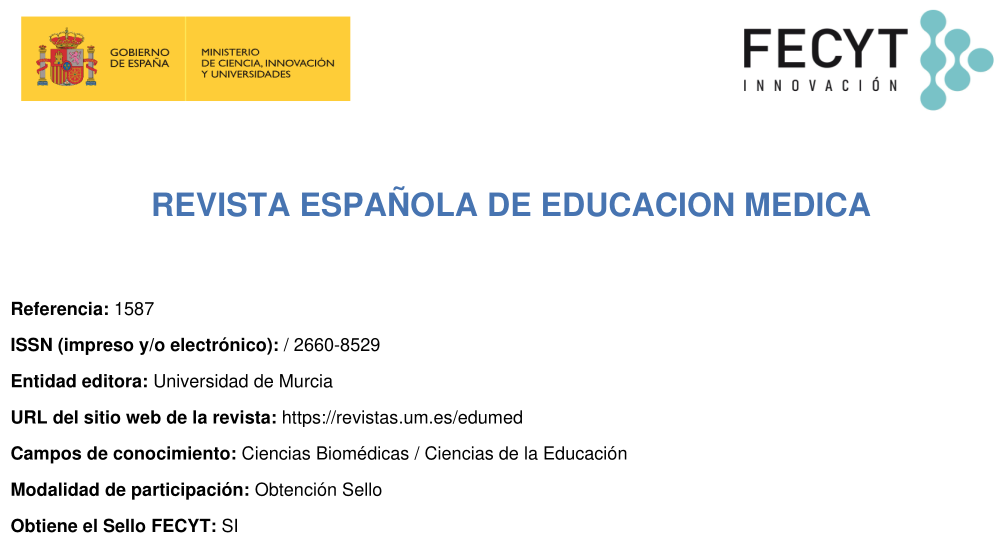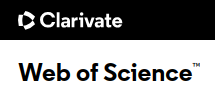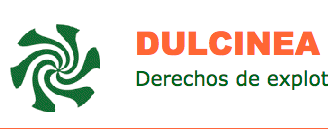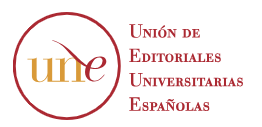Listening to the actors of a pediatric emergency microcurriculum
Abstract
The search for quality in medical education is a trend. We ask ourselves the question: what is the perception of the emergency rotation of the specialty of pediatrics? And as a general objective, we set out to develop a diagnosis of the current micro-curriculum of the Pediatric emergency rotation carried out by first-year residents, through the experience of the people involved with it. A qualitative study and purposeful sampling were designed following inclusion and exclusion criteria. The data was collected through focus groups in which 18 people participated (graduates, professors and residents). The presence of the study quality criteria was verified: credibility, reliability, validity, transferability and confirmability. After analyzing the groups, five categories were found: Curriculum management; Pedagogical processes and Evaluation at the rotation site; Clinical practice; Generic skills, Interpersonal relationships and well-being; and Relationship university - hospital and professors. At the end of the study, the current microcurriculum was diagnosed through the experience of its actors and several components of the current microcurriculum were found compatible with each of these categories, which will facilitate incorporation into the future microcurriculum.
Downloads
Metrics
-
Abstract392
-
pdf (Español (España))302
References
Gal, B., Sánchez, J., González-Soltero, R., Learte, A., & Lesmes, M. (2021). La educación médica como necesidad para la formación de los futuros médicos. Educación Médica, 22(2), 111-118.
Harden, R. M. (2001). AMEE Guide No. 21: Curriculum mapping: a tool for transparent and authentic teaching and learning. Medical teacher, 23(2), 123-137.
Vílchez, N. G. (2004). Una revisión y actualización del concepto de Currículo. Telos: Revista de Estudios Interdisciplinarios en Ciencias Sociales, 6(2), 194-208.
Paissan, M. H. (2006). Teoría del Aprendizaje Significativo, por David Ausubel. El Sitio electrónico de Educainformatica. com. Argentina.
Frenk, J., Chen, L., Bhutta, Z. A., Cohen, J., Crisp, N., Evans, T., ... & Zurayk, H. (2011). Profesionales de la salud para el nuevo siglo: transformando la educación para fortalecer los sistemas de salud en un mundo interdependiente. Revista peruana de Medicina experimental y Salud Pública, 28, 337-341..
Fink, L. D. (2013). Creating significant learning experiences: An integrated approach to designing college courses. John Wiley & Sons.
ICFES – ASCOFAME. Pediatría. (2016). Recuperado de http://ascofame.org.co/web/wp-content/uploads/2016/08/Pediatra.pdf
Entrustable Professional Activities. EPA 4 for General Pediatrics. (2013). The American Board of Pediatrics. Recuperado de https://www.abp.org/sites/abp/files/pdf/gen_peds_epa_4.pdf
Vivar, C. G., Arantzamendi, M., López-Dicastillo, O., & Gordo Luis, C. (2010). La teoría fundamentada como metodología de investigación cualitativa en enfermería. Index de Enfermería, 19(4), 283-288.
Ramani, S., & Mann, K. (2016). Introducing medical educators to qualitative study design: Twelve tips from inception to completion. Medical teacher, 38(5), 456-463.
Izcara Palacios, S. P. (2014). Manual de investigación cualitativa. Fontamara.
Mundial, A. M. (2013). Declaración de Helsinki-Principios éticos para las investigaciones médicas en seres humanos. 64ª Asamblea General. Fortaleza, Brasil, octubre
De Salud, M. (1993). Resolución 8430 de 1993. Bogotá, DC: Diario Oficial.
Carceller, A., Blanchard, A. C., Barolet, J., Alloul, S., Moussa, A., & Sarquella-Brugada, G. (2009, May). Cómo llegar a ser un buen pediatra: un equilibrio entre la formación teórica y la formación clínica. In Anales de Pediatría (Vol. 70, No. 5, pp. 477-487). Elsevier Doyma.
Young, J. Q., Van Merrienboer, J., Durning, S., & Ten Cate, O. (2014). Cognitive load theory: implications for medical education: AMEE Guide No. 86. Medical teacher, 36(5), 371-384.
Rivera-Flores, J. (2005). Implicaciones médico-legales en la residencia médica. Revista Mexicana de Anestesiología, 28(S1), 181-183.
Ten Cate, O., Chen, H. C., Hoff, R. G., Peters, H., Bok, H., & van der Schaaf, M. (2015). Curriculum development for the workplace using entrustable professional activities (EPAs): AMEE guide no. 99. Medical teacher, 37(11), 983-1002.
Yardley, S., Teunissen, P. W., & Dornan, T. (2012). Experiential learning: AMEE guide No. 63. Medical teacher, 34(2), e102-e115.
Abreu-Hernández, Luis F, León-Bórquez, Ricardo, & García-Gutiérrez, José F. (2020). Pandemia de COVID-19 y educación médica en Latinoamérica. FEM: Revista de la Fundación Educación Médica, 23(5), 237-242. Epub 23 de noviembre de 2020. Recuperado en 12 de julio de 2021, de http://scielo.isciii.es/scielo.php?script=sci_arttext&pid=S2014-98322020000600002&lng=es&tlng=es.
Núñez-Cortés, J. M. (2020). Educación médica durante la crisis por COVID-19. Educación Médica, 21(3), 157.
Fink, L. D. (2008). Una guía auto-dirigida al diseño de cursos para el aprendizaje significativo. Lima Perú.
MINSALUD, M. (2017). Documento de recomendaciones para la transformación de la educación médica en Colombia. Comisión para la Transformación de la Educación Médica en Colombia. Colombia: MINSALUD, MINEDUCACIÓN.
Schonhaut-Berman, L., Millán-Klusse, T., & Hanne-Altermatt, C. (2009). Competencias transversales en la formación de especialistas en pediatría, Universidad de Chile. Educación Médica, 12(1), 33-41.
Rimmer, A. (2015). Doctors will need to show generic skills such as communication to complete training.
Domenjó, M. N. (2019). Aprendizaje y prácticas clínicas. Educación médica, 20(2), 100-104.
Nordquist, J., Sundberg, K., & Laing, A. (2016). Aligning physical learning spaces with the curriculum: AMEE Guide No. 107. Medical teacher, 38(8), 755-768.
Tims, M., Bakker, A. B., & Derks, D. (2012). Development and validation of the job crafting scale. Journal of vocational behavior, 80(1), 173-186.
Dominguez, L. C., Dolmans, D., de Grave, W., Sanabria, A., & Stassen, L. P. (2019). Job Crafting to persist in surgical training: A qualitative study from the resident's perspective. Journal of Surgical Research, 239, 180-190.
Reed, S., Kemper, K. J., Schwartz, A., Batra, M., Staples, B. B., Serwint, J. R., ... & Mahan, J. D. (2018). Variability of burnout and stress measures in pediatric residents: an exploratory single-center study from the pediatric resident burnout–resilience study consortium. Journal of evidence-based integrative medicine, 23, 2515690X18804779.
Jochemsen-van der Leeuw, H. R., van Dijk, N., van Etten-Jamaludin, F. S., & Wieringa-de Waard, M. (2013). The attributes of the clinical trainer as a role model: a systematic review. Academic Medicine, 88(1), 26-34.
Díaz Villa, M. (2015). La evaluación curricular en el marco de la evaluación de la calidad.
Álvarez, C. V., Ángel, C. P. J., & Osorio, A. G. (2018). Docencia-servicio: responsabilidad social en la formación del talento humano en salud en Colombia. Educación Médica, 19, 179-186.
Copyright (c) 2022 Servicio de Publicaciones de la Universidad de Murcia

This work is licensed under a Creative Commons Attribution-NonCommercial-NoDerivatives 4.0 International License.
The works published in this magazine are subject to the following terms:
1. The Publications Service of the University of Murcia (the publisher) preserves the economic rights (copyright) of the published works and favors and allows them to be reused under the use license indicated in point 2.
2. The works are published under a Creative Commons Attribution-NonCommercial-NoDerivative 4.0 license.
3. Self-archiving conditions. Authors are allowed and encouraged to disseminate electronically the pre-print versions (version before being evaluated and sent to the journal) and / or post-print (version evaluated and accepted for publication) of their works before publication , since it favors its circulation and earlier diffusion and with it a possible increase in its citation and reach among the academic community.


















